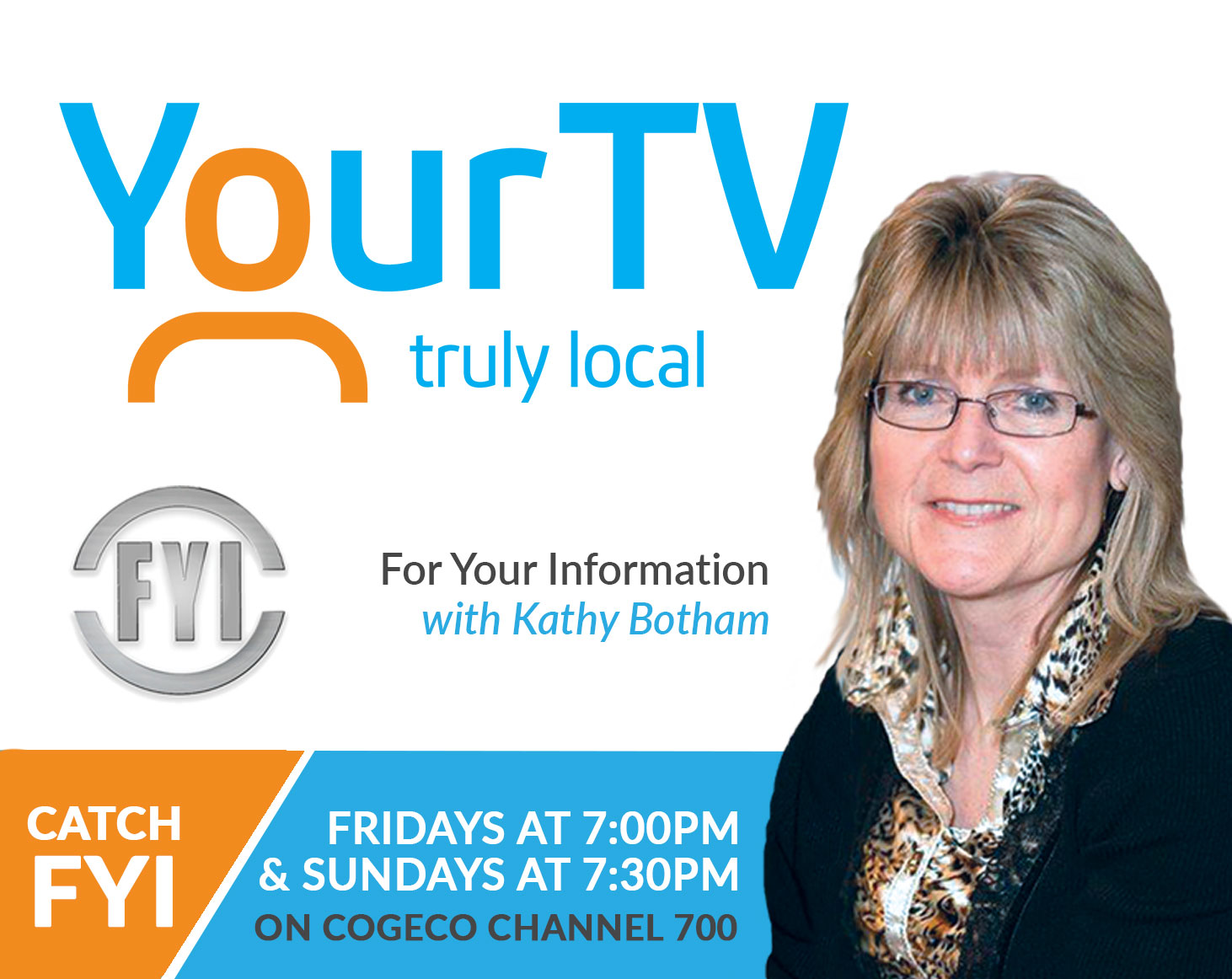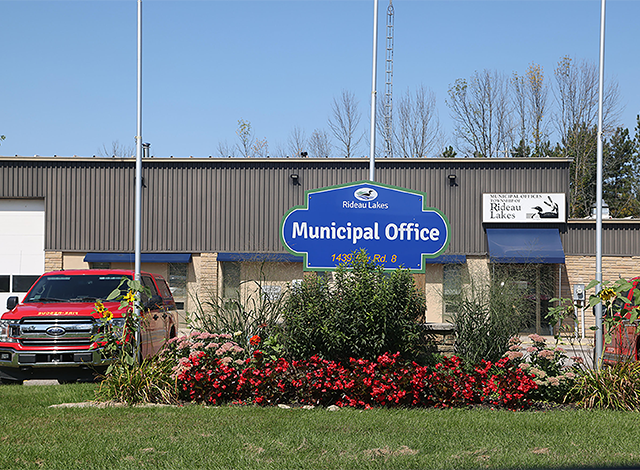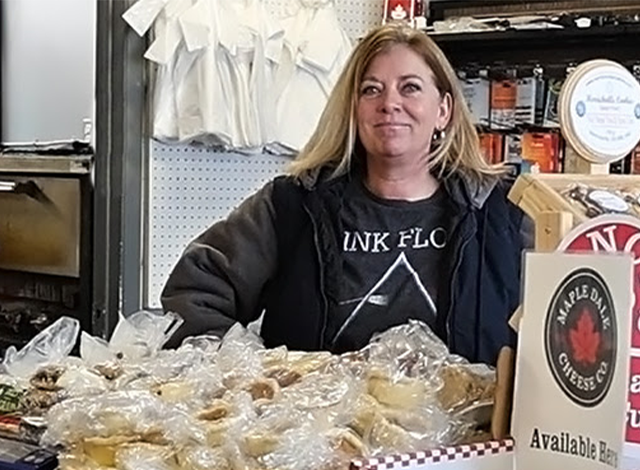SUBMITTED
The Health Unit is raising awareness about the root cause of food insecurity….poverty.
Food insecurity is the inadequate or insecure access to food due to financial constraints. For many households in Leeds, Grenville and Lanark (LGL), being unable to buy nutritious foods is a reality. In 2021-2023, 1 in 7 households (15.5%) in LGL reported experiencing food insecurity, ranging from worrying about running out of food, to compromising on the quality or quantity of food, and to eating less or missing meals. Food insecurity negatively affects the physical and mental health of adults and children, and leads to increased use of the health care system.
Public Health Units across Ontario monitor the affordability of food using the Nutritious Food Basket costing. The cost of food is compared to various income scenarios, which shows that individuals and households living with food insecurity struggle to buy enough nutritious food after paying rent, bills and other living expenses. This year, the monthly cost of a nutritious food basket for a family of four (1 male and 1 female both aged 31-50 years; 1 girl aged 4-8 years; 1 boy aged 14-18 years) in LGL was $1196. One scenario shows that a family of four receiving Ontario Works ($2916/month) has $952 left after paying for rent ($1964/month), to pay for food and all other expenses, including utilities, transportation, phone, internet, medications, clothing, toiletries, and many more. This scenario and others show that when money is tight, people are forced to cut into their food budget to pay for other non-negotiable living expenses.
The root cause of food insecurity is poverty. The Leeds, Grenville and Lanark District Health Unit supports long-term income based solutions to address food insecurity, such as:
- Ensuring social assistance and minimum wage rates provide for the basic cost of living
- Expanding tax-filing programs for low-income households to maximize government subsidies
- Ensuring access to safe and affordable housing, childcare and transportation
- Implementing basic minimum employment standards to reduce precarious employment
- Encouraging local businesses and organizations to become living wage employers
A living wage is the minimum hourly wage a worker needs to earn to pay for basic expenses (e.g., housing, nutritious food, clothing etc.) and participate fully in their community. It is calculated yearly using community-specific data, which informs and advocates for discussion on the cost of living. The 2024 living wage for LGL is $21.65 per hour. Living wage employers are certified organizations or companies that reflect the values of Living Wage Ontario and pay all employees at the rate of the living wage (or higher) for the region they operate in.
More information:
Food insecurity in Leeds, Grenville and Lanark
2024 living wage for Leeds, Grenville & Lanark
Becoming a living wage employer















